Do's and Don'ts

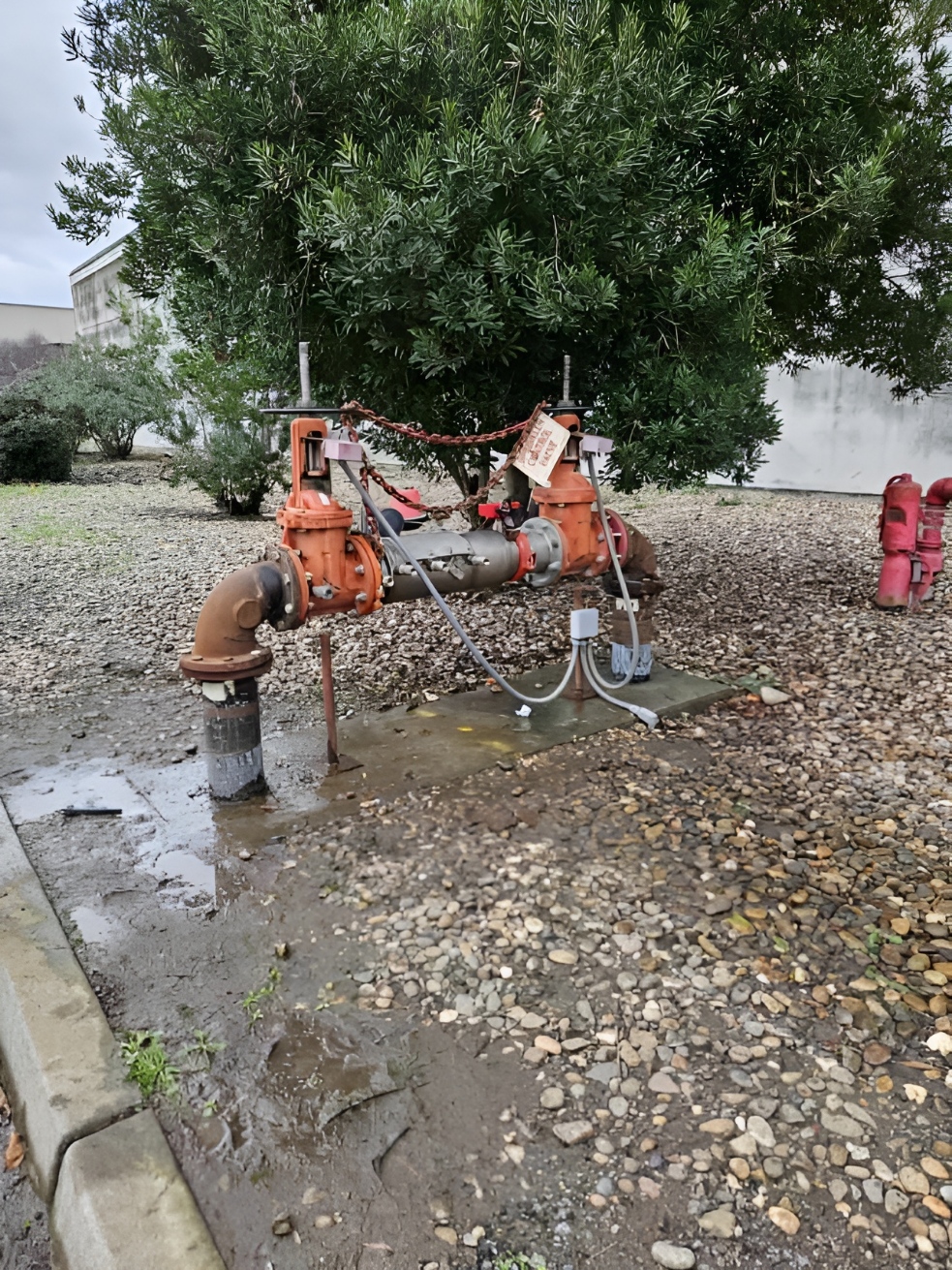
Why repair or replace a failing or faulty backflow preventer?
Drag the slider on the image to the left to see a before and after shot of a properly installed and tested replacement backflow preventer on a fire system.
Addressing a failing or faulty backflow preventer promptly is of utmost importance due to its critical role in maintaining the integrity of a water supply system. Backflow preventers are essential devices designed to safeguard against the contamination of potable water by preventing the reversal of water flow, which could introduce pollutants or contaminants into the clean water supply. A malfunctioning backflow preventer poses a significant risk to public health, as it can compromise the quality of drinking water and lead to the spread of waterborne diseases. Swift action to repair or replace a failing backflow preventer is essential in preventing potential health hazards and ensuring the continued delivery of safe and uncontaminated water to homes, businesses, and communities. Timely intervention not only protects public health but also upholds regulatory compliance, emphasizing the critical role of maintaining and addressing these devices promptly in any water supply infrastructure.
Why is it important to use the correct parts when repairing a backflow preventer?
Drag the slider on the image to the right to see a before and after shot of a properly installed and tested replacement backflow preventer on a dual use system.
Using the correct replacement parts when repairing a failing backflow preventer is crucial for maintaining the integrity and functionality of the system. Backflow preventers play a vital role in preventing the contamination of potable water supplies by ensuring that water flows in one direction only. Using improper or unapproved parts during repairs can compromise the efficiency of the backflow preventer, leading to potential cross-contamination and health hazards. Moreover, using non-standard components may violate local plumbing codes and regulations, exposing the property owner to legal consequences. Correct replacement parts are designed and tested to meet specific standards, ensuring that the backflow preventer operates as intended and meets safety and health guidelines. Investing in the right parts not only safeguards public health but also avoids costly repairs and potential legal liabilities associated with substandard installations.
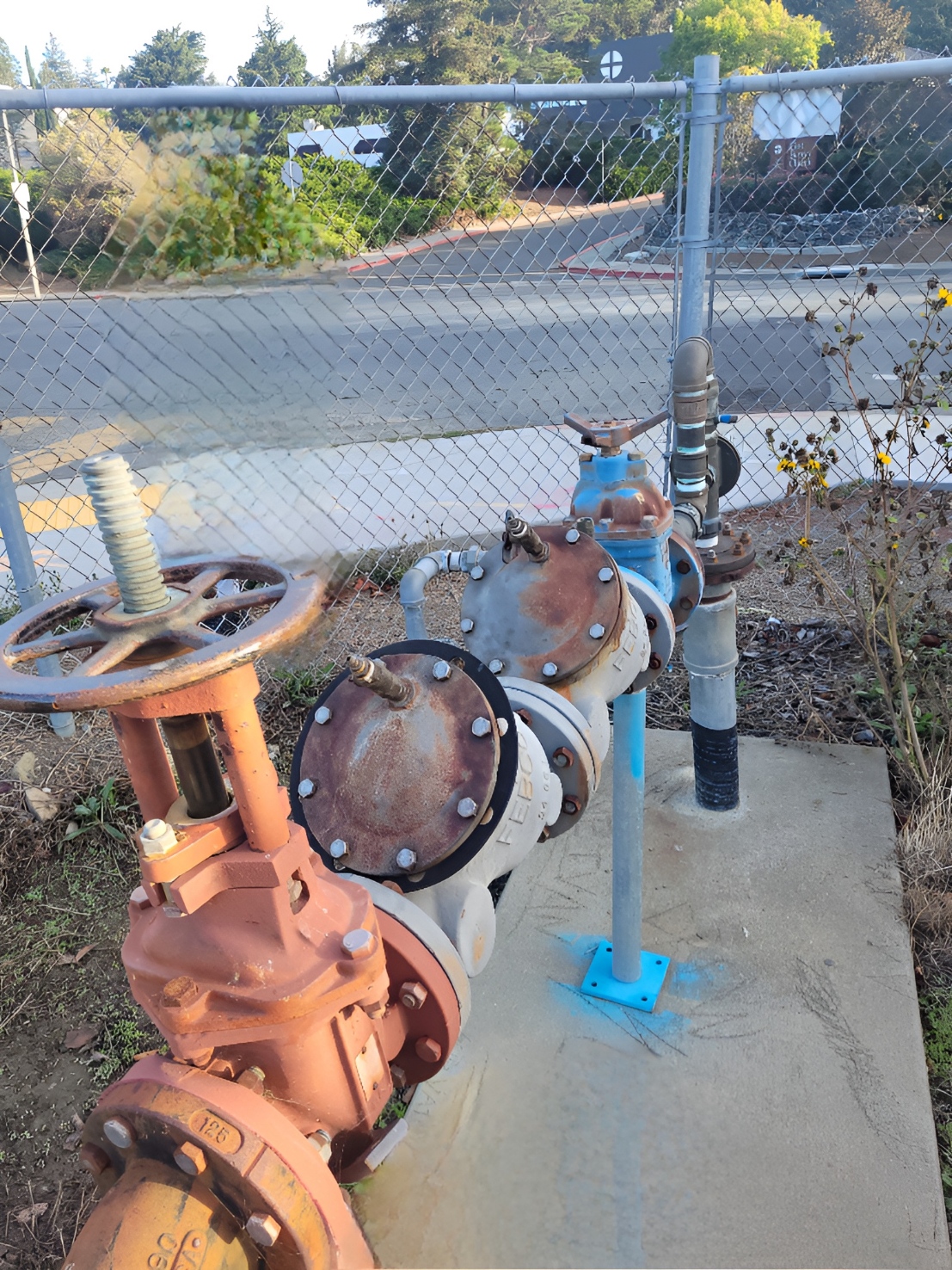
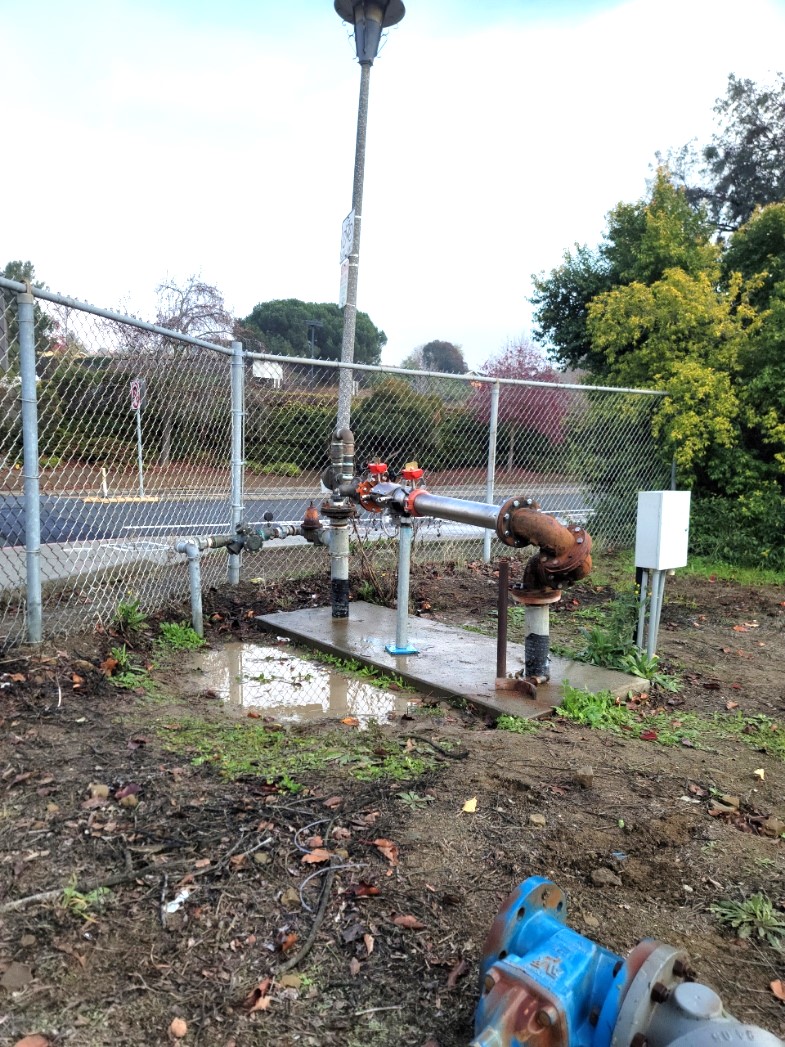
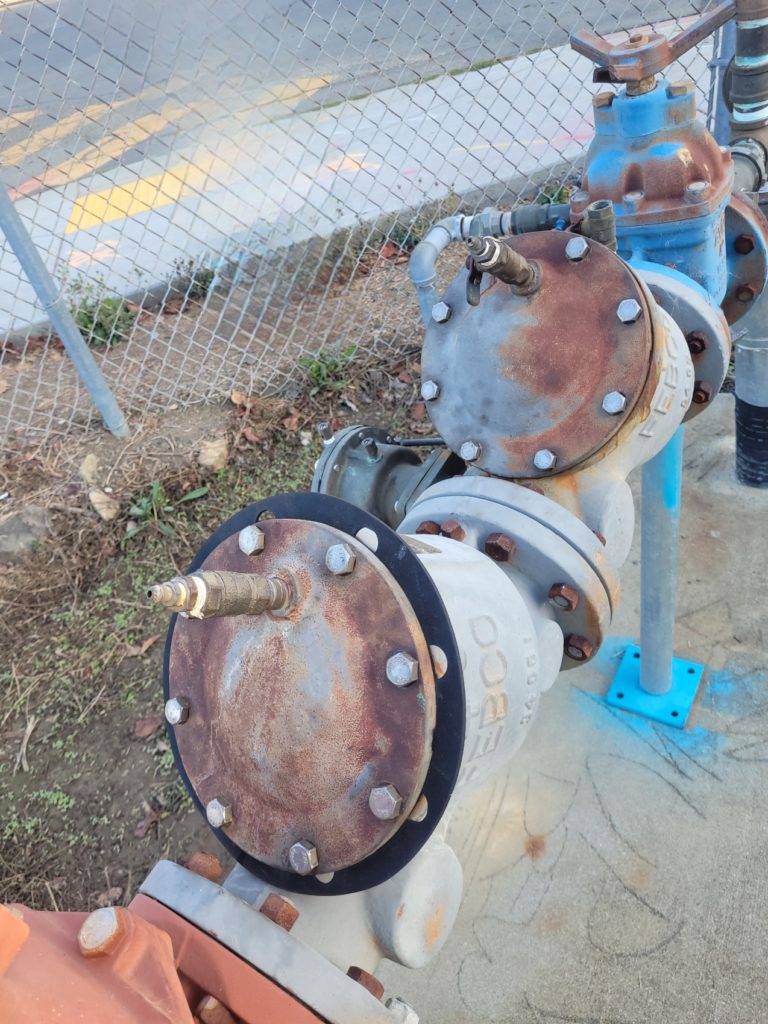
A Closer look...
Another image showing the use of improper parts used in an attemp to repair a failing backflow preventer.
In this alarming photo, a backflow preventer reveals a concerning scenario where improper parts have been employed to address critical issues. The cover o-ring, a vital component designed for sealing, appears damaged, and instead of the appropriate replacement, a flange gasket has been utilized in a makeshift attempt to curb leakage. This makeshift solution poses significant risks, as the backflow preventer's functionality may be compromised. The consequences of such improper part usage can lead to water contamination, system inefficiencies, and potential health hazards. It underscores the importance of adhering to proper maintenance procedures and using the correct components to ensure the reliable operation of essential infrastructure systems.
- Use proper repair parts
- Do not substitute parts or modify parts/devices.
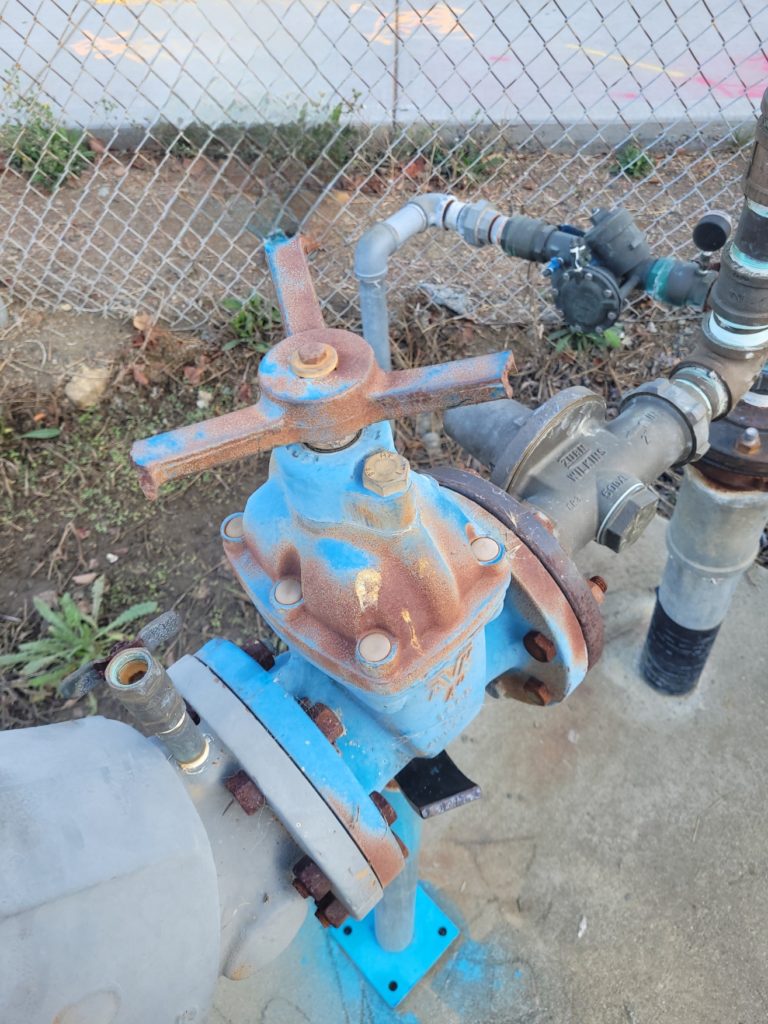
Quisque sed
Fusce ut velit laoreet, tempus arcu eu, molestie tortor. Nam vel justo cursus, faucibus lorem.
Properly functioning gate valves are crucial for the overall safety and functionality of a system, especially in emergency situations that necessitate a rapid shutdown. The hand wheels, stems, and collars of these valves play pivotal roles in their operation. Damaged hand wheels can impede quick and effective manual operation during emergencies, while broken or bent stems may compromise the valve's ability to control the flow of fluids. Valves with damaged parts or components may fail to provide a secure seal, leading to potential flooding, accidents, and significant and/or costly property damage. Replacing these damaged parts is essential to ensure the valves can swiftly and reliably respond to emergency shutdown requirements, preventing catastrophic consequences and facilitating the system's prompt restoration to operational status. Regular maintenance and timely replacement of faulty components are key measures to mitigate risks and uphold the safety and functionality of critical systems.
- Keep your handwheels in working order.
- Inspect all valve components for wear/damage and repair or replace damaged components as soon as possible.
